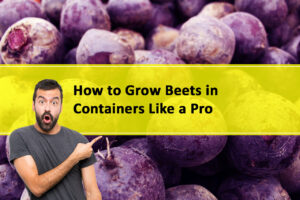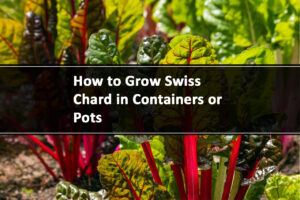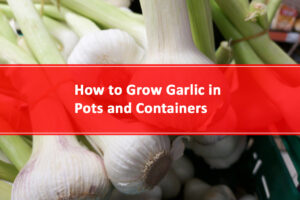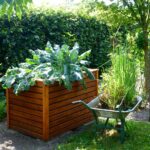Beautiful Plants For Your Interior
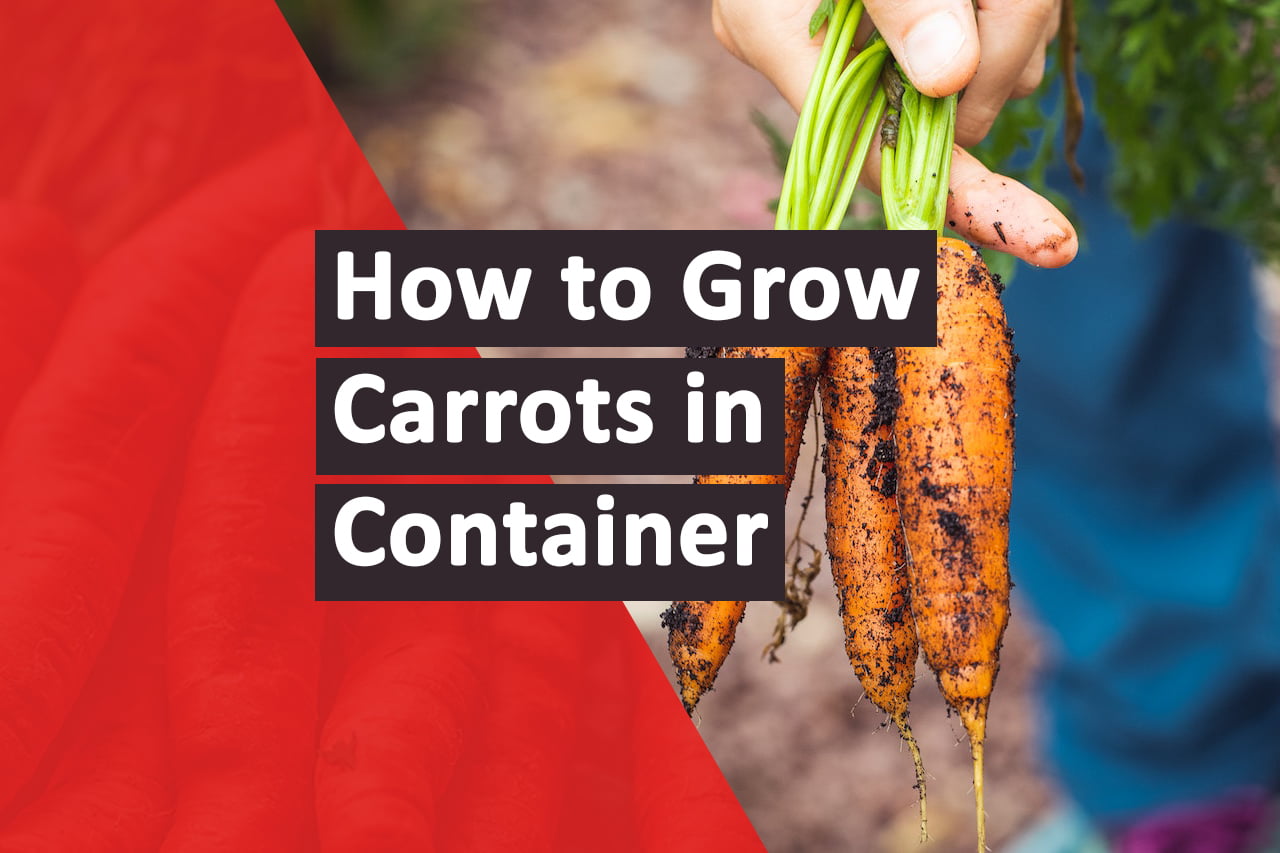
Grow Your Own Carrots: Container Gardening Made Simple
Container gardening has gained immense popularity among urban gardeners and those with limited outdoor space. One of the most rewarding and beginner-friendly crops to grow in containers is carrots. These vibrant and nutritious root vegetables can thrive in pots, providing a bountiful harvest even in small areas.
Join us as we will provide you with a step-by-step guide on how to grow carrots in containers, ensuring a successful and satisfying gardening experience.
How to Grow Carrots in Containers
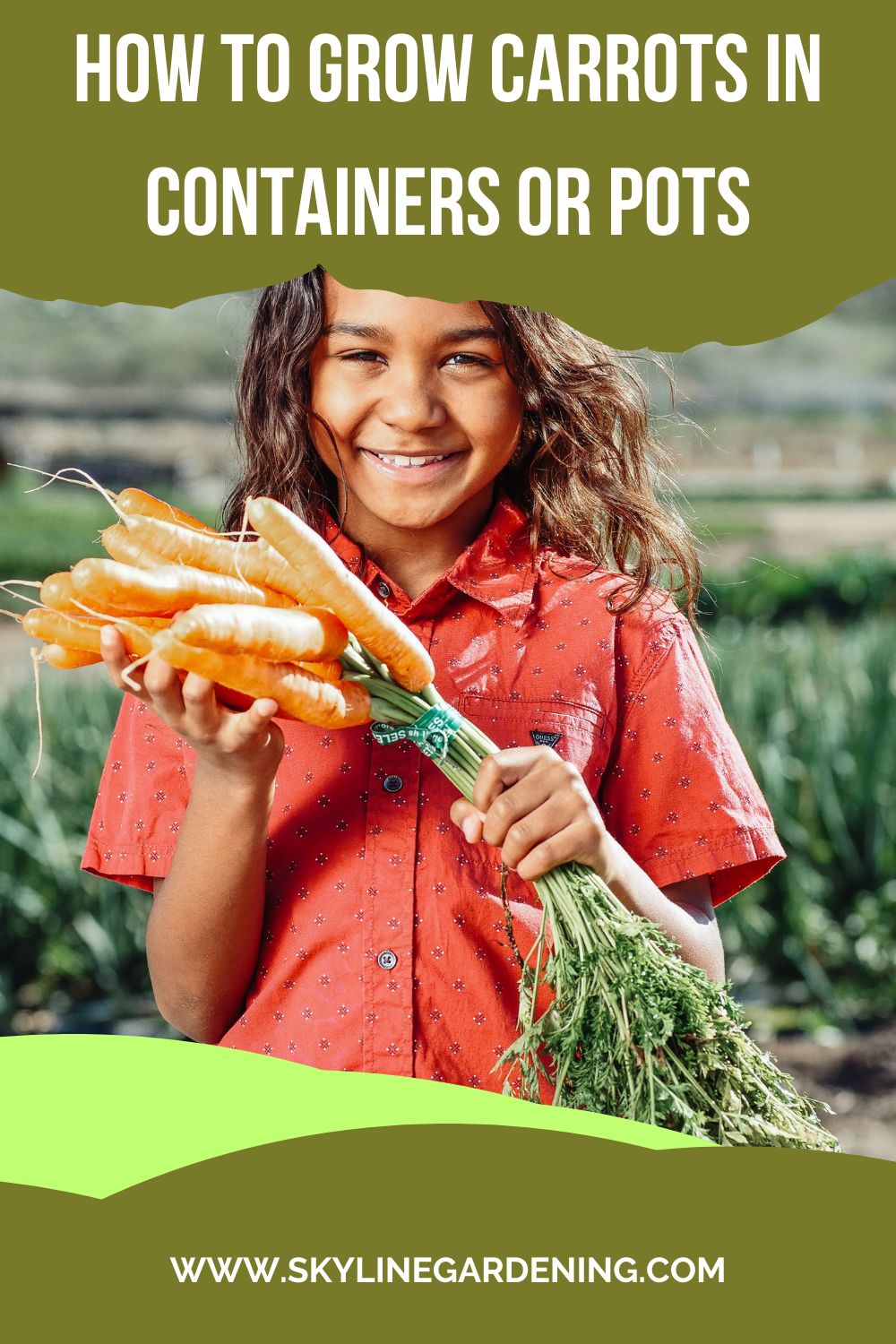
Growing carrots in containers is an excellent way to enjoy fresh, homegrown produce even if you have limited space. Whether you have a small balcony, a patio, or a tiny backyard, container gardening allows you to cultivate carrots and enjoy their sweet and crunchy taste. Here is the step-by-step process of successfully growing carrots in containers.
-
Selecting the Right Container
To begin your carrot-growing journey, it is crucial to choose the appropriate container. Consider the following factors when selecting a container for your carrots:
a) Size: The best container for growing carrots must be at least 12 inches deep and 12 inches wide to allow ample space for carrot roots to develop.
b) Material: Choose a container made of durable and non-toxic material, such as plastic, ceramic, or wooden boxes.
c) Drainage: Ensure that your container has sufficient drainage holes to prevent waterlogging, which can lead to root rot. -
Preparing the Potting Mix
The best soil for carrots in containers depends on the quality of the potting mix which greatly influences the growth and development of carrots. Follow these steps to prepare the ideal potting mix for your carrot container:
a) Soil Composition: Mix equal parts of peat moss, compost, and perlite or vermiculite to create a well-draining and nutrient-rich soil mixture.
b) pH Level: Carrots thrive in slightly acidic to neutral soil. Aim for a pH level between 6.0 and 7.0 by adding organic matter or lime, depending on your soil’s initial pH.
c) Texture: Carrots require loose soil for proper root growth. Ensure that the potting mix is free from large clumps and well-aerated. -
Sowing Carrot Seeds
Successful germination and growth begin with sowing carrot seeds correctly. Follow these steps for optimal results:
a) Seed Selection: Choose high-quality carrot seeds from a reputable supplier. Consider selecting varieties that are suitable for container gardening, such as ‘Nantes,’ ‘Thumbelina,’ or ‘Paris Market.’
b) Sowing Depth: Sow carrot seeds approximately ¼ to ½ inch deep into the potting mix, ensuring even spacing between the seeds to avoid overcrowding.
c) Thinning: Once the seedlings reach a height of 2 inches, thin them out to maintain a spacing of 2 to 3 inches between plants. This will allow sufficient room for the carrots to develop properly. -
Watering and Maintenance
Proper watering and maintenance are vital for the healthy growth of carrots in containers. Consider the following tips:
a) Watering: Carrots require consistent moisture but avoid overwatering, as it can cause rot. Keep the soil evenly moist by watering when the top inch feels dry, using a watering can or a gentle spray.
b) Fertilization: Apply a balanced, slow-release fertilizer to the potting mix before sowing the seeds. Additionally, supplement with a liquid fertilizer every four to six weeks during the growing season.
c) Weeding and Mulching: Regularly weed the container to prevent competition for nutrients and space. Apply a layer of organic mulch, such as straw or shredded leaves, to retain moisture and suppress weed growth. -
Harvesting Carrots
The joy of container gardening reaches its peak when it’s time to harvest your carrots. Here’s how to harvest your homegrown carrots:
a) Growth Duration: Carrots typically take 60 to 80 days to mature, depending on the variety. Refer to the seed packet or supplier’s instructions for the specific growth duration.
b) Harvesting: Gently loosen the soil around the carrot tops and carefully lift the roots from the container. Avoid pulling or yanking, as it may break the carrots. Harvest when the carrots reach the desired size and color.
c) Successive Planting: To enjoy a continuous harvest, consider successive planting by sowing new seeds every two to three weeks.
Common Challenges and Troubleshooting
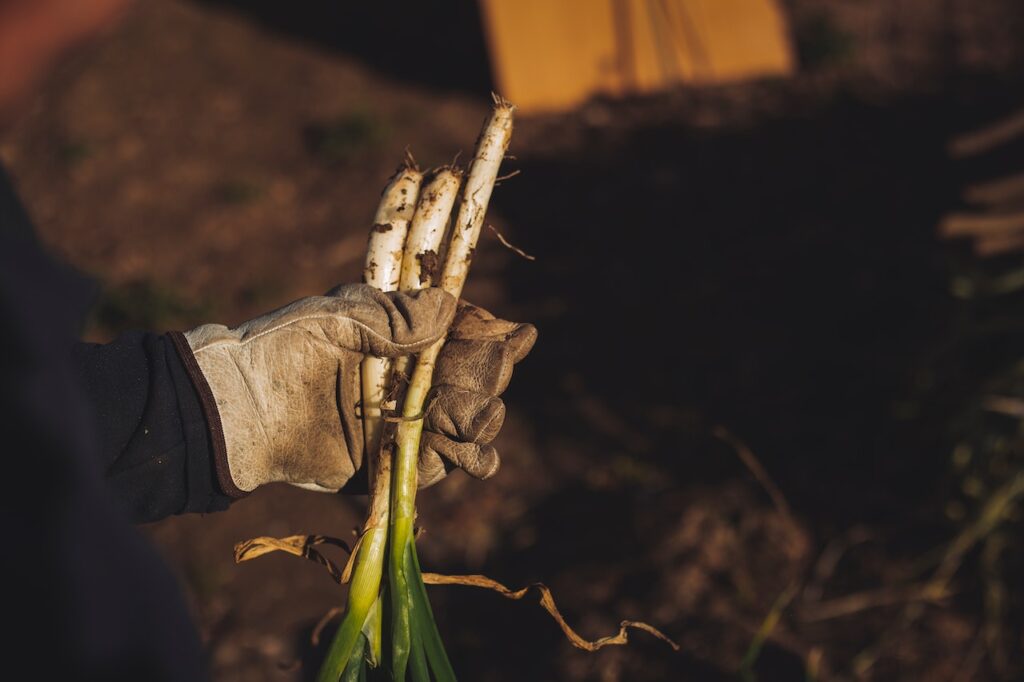
While growing carrots in containers is generally straightforward, you may encounter a few challenges along the way. Here are some common issues and how to troubleshoot them:
- Pests: Carrot flies and aphids are common pests that can damage carrot plants. Use row covers or insect netting to protect your plants from these pests. If an infestation occurs, consider using organic pest control methods such as neem oil or insecticidal soap.
- Diseases: Carrots can be susceptible to diseases such as carrot rust fly and powdery mildew. To prevent these diseases, ensure proper air circulation around your plants by providing adequate spacing. Additionally, avoid overwatering and remove any infected plants promptly.
- Carrot Shape: Sometimes, carrots may develop odd shapes or become stunted. This can occur due to rocky or compacted soil. Ensure that the potting mix is loose and free from debris, allowing the roots to grow straight and long.
- Nutrient Deficiencies: Carrots require a balanced supply of nutrients for optimal growth. If you notice yellowing leaves or stunted growth, it may indicate a nutrient deficiency. Consider supplementing with a liquid fertilizer or organic amendments rich in nitrogen, phosphorus, and potassium.
Tips for Success
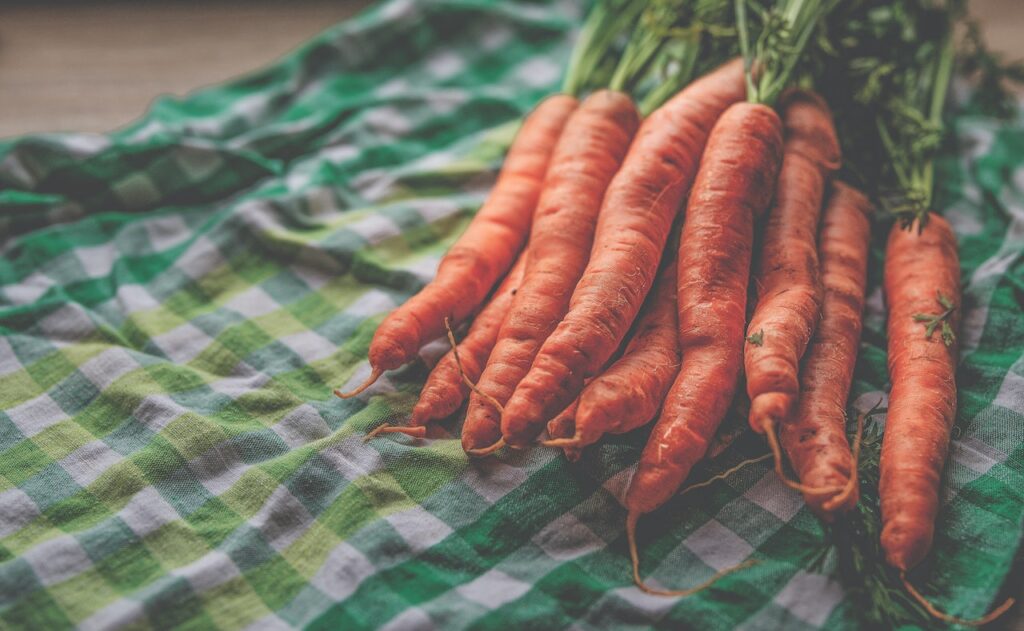
To maximize your success in growing carrots in containers, keep the following tips in mind:
- Sunlight: Place your carrot container in a location that receives at least six hours of direct sunlight daily. Adequate sunlight is crucial for healthy growth and vibrant root development.
- Temperature: Carrots prefer cool weather. Avoid exposing them to extreme heat, as it can cause the roots to become woody and bitter. If necessary, provide shade during scorching summer days.
- Regular Monitoring: Check your container regularly for signs of pests, diseases, or nutrient deficiencies. Early detection allows for prompt action, minimizing potential damage.
- Crop Rotation: Practice crop rotation by avoiding planting carrots in the same container or location year after year. This helps prevent soil depletion and reduces the risk of disease buildup.
- Companion Planting: Consider companion planting with other vegetables or herbs that benefit carrots. Examples include onions, garlic, and chives, which can deter pests and improve overall plant health.
Which Type of Carrot is Best for Containers?
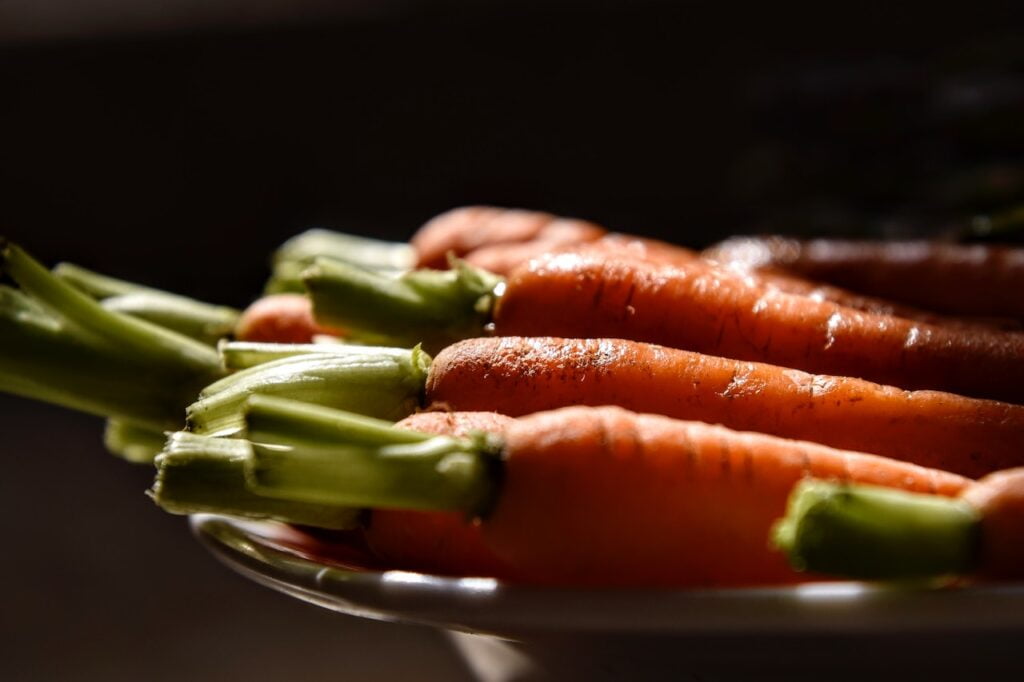
When it comes to growing carrots in containers, certain types are better suited than others. Here are some carrot varieties that are well-suited for container gardening:
- Shorter Varieties: Look for carrot varieties that have a shorter mature length. These varieties are more suitable for container gardening as they can grow within the confines of a container. Examples include “Thumbelina,” “Paris Market,” and “Little Finger.”
- Round or Miniature Carrots: Round or miniature carrot varieties are naturally compact and don’t require as much depth for root development. They are ideal for container gardening and can be harvested at a smaller size. Examples include “Tonda di Parigi” and “Parmex.”
- Baby Carrots: Baby carrot varieties are harvested before reaching full maturity and have smaller root sizes. They are excellent choices for container gardening as they can be harvested when they are still relatively small. Look for varieties specifically labeled as “baby carrots” or “mini carrots.”
- Patio or Container-Specific Varieties: Some carrot varieties are specifically bred for container gardening. These varieties are typically compact and have shorter roots. Look for varieties labeled as “patio” or “container” carrots, such as “Caracas” or “Nelson.”
When selecting carrot varieties for container gardening, consider the container’s depth and size. Ensure that the container is at least 12 inches deep to allow enough space for root development. Additionally, choose containers with sufficient width to accommodate multiple carrot plants, providing them with adequate spacing.
How to Grow Carrots From Carrot Tops
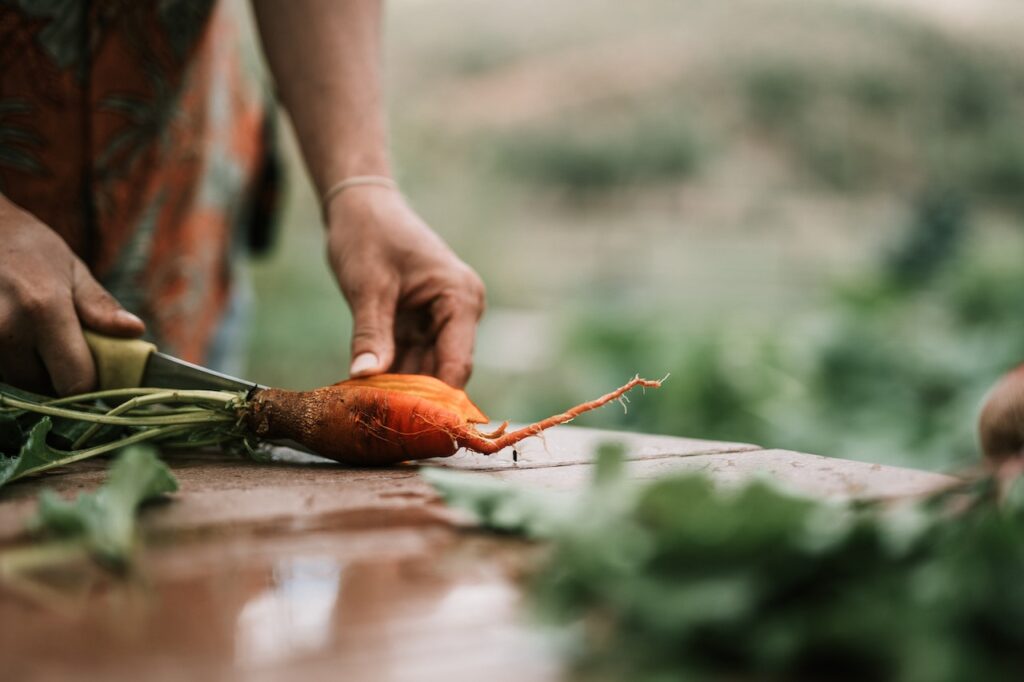
Growing carrots from carrot tops can be a fun and rewarding project. While you won’t be able to grow a full-sized carrot from the tops alone, you can grow some green foliage that you can use in salads or as a garnish. Here’s how you can do it:
- Select a Carrot: Choose a healthy carrot with fresh, green tops. Ideally, the tops should be about 1-2 inches long.
- Cut Off the Tops: Use a sharp knife or scissors to cut off the carrot tops, leaving about 1 inch of the green foliage attached to the tops.
- Prepare a Container: Take a shallow dish or a small pot and fill it with water. The container should be wide enough to support the carrot tops without them falling over.
- Place the Tops in Water: Put the carrot tops in the container with the cut side facing down and the foliage sticking out of the top. The water should cover the bottom inch of the tops.
- Maintain the Water Level: Make sure to check the water level regularly and keep it consistent. The bottoms of the carrot tops should always be submerged in water.
- Provide Adequate Light: Place the container in a location where it can receive bright, indirect sunlight. A windowsill or a well-lit room would be suitable.
- Wait and Observe: Over time, you should start seeing new green growth emerging from the tops. This can take anywhere from a few days to a couple of weeks. Be patient and continue to maintain the water level and provide enough light.
- Transplanting: Once the new green growth has reached a couple of inches in height, you can transplant the carrot tops into a small pot filled with potting soil. Bury the roots and lower part of the foliage in the soil while leaving the green tops exposed.
- Care for the Carrots: Place the potted carrots in a sunny location and water them regularly, ensuring that the soil remains moist but not waterlogged. With time, the foliage will continue to grow, and you can harvest the greens for culinary use.
How to Grow Carrots From Seed
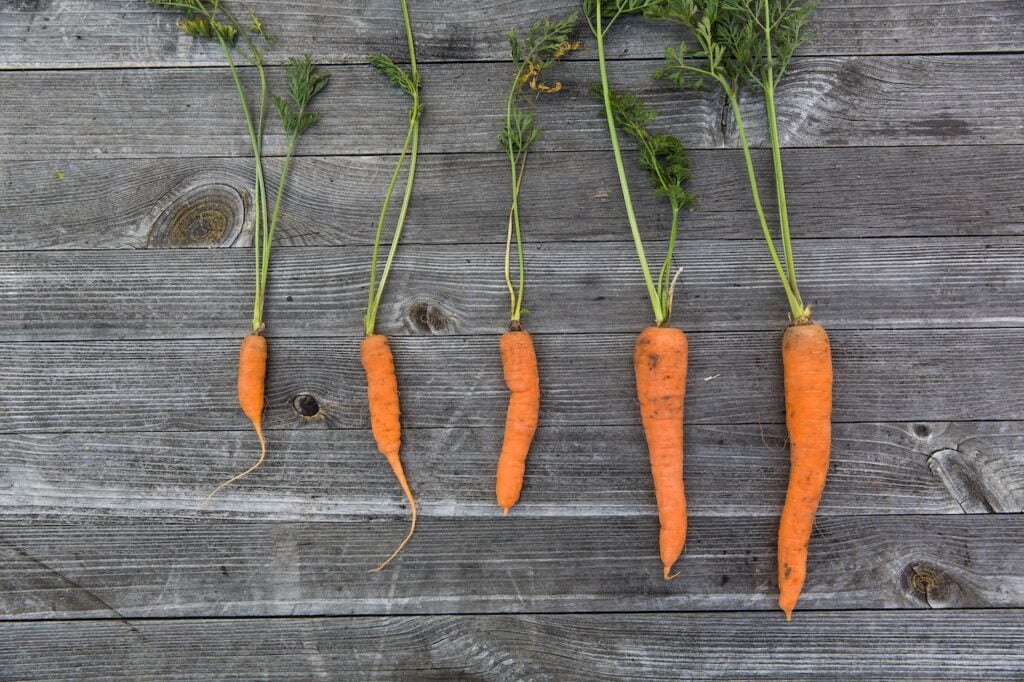
The procedure of growing carrots from seeds is simple. An instruction manual for growing carrots effectively is provided below:
- Choose the Right Time: Carrots are cool-season crops, so it’s best to plant them in early spring or late summer for a fall harvest. Check your local climate and determine the appropriate time for planting based on the frost dates.
- Select a Suitable Location: Carrots require a sunny location with well-draining soil. Ideally, the soil should be loose, sandy, and free from rocks or clumps that can obstruct root growth. If your soil is heavy or clay-like, consider adding compost or sand to improve its texture.
- Prepare the Soil: Clear the area of weeds, rocks, and other debris. Use a garden fork or tiller to loosen the soil to a depth of about 8-10 inches. Remove any large clumps and break up the soil until it’s fine and crumbly.
- Sow the Seeds: Carrot seeds are tiny, so it’s best to mix them with some sand or vermiculite to make them easier to handle. Create shallow furrows in the soil, about ¼ to ½ inch deep. Space the furrows about 12-18 inches apart to allow enough room for the carrots to grow. Scatter the carrot seeds along the furrows, aiming for a spacing of 2-3 inches between seeds.
- Cover and Water: Gently cover the seeds with a thin layer of soil or vermiculite. Lightly press down on the soil to ensure good seed-to-soil contact. Water the area gently to moisten the soil without causing it to become waterlogged. Continue to keep the soil consistently moist during the germination period.
- Thinning: Once the seedlings have emerged and are a few inches tall, thin them out to provide adequate spacing for each carrot plant. Carefully remove the weaker or overcrowded seedlings, leaving only the strongest ones spaced 2-3 inches apart. Thinning helps prevent competition and allows each carrot to grow to its full potential.
- Watering and Maintenance: Carrots require consistent moisture for proper growth. Water them regularly, keeping the soil evenly moist but not overly saturated. Avoid letting the soil dry out completely between watering sessions. Mulching around the plants can help retain moisture and suppress weed growth.
- Fertilization: Carrots are not heavy feeders, but you can apply a balanced fertilizer (such as a 10-10-10) sparingly about a month after planting if your soil lacks nutrients. Follow the package instructions for application rates.
- Pest and Weed Control: Monitor your carrot plants regularly for pests like aphids, carrot flies, or slugs. If necessary, use appropriate organic pest control methods. Keep the area around the plants free from weeds, as they can compete with carrots for nutrients and water.
- Harvesting: Carrots are usually ready for harvest 60-80 days after planting, depending on the variety. Check the size and color of the carrot tops and gently pull out the mature carrots from the soil. Harvest them when they reach the desired size, typically ½ to 1 inch in diameter. You can also harvest baby carrots earlier if preferred.
People also ask
-
Can I grow carrots in any type of container?
While carrots can be grown in various containers, it is important to choose deep containers with sufficient drainage holes. Opt for containers that are at least 12 inches deep to allow for proper root development.
-
What type of soil should I use for growing carrots in containers?
Carrots thrive in loose, well-draining soil. It is recommended to use a high-quality potting mix that is rich in organic matter. Avoid using heavy garden soil, as it can lead to compacted conditions and hinder carrot growth.
-
How often should I water my container-grown carrots?
Carrots require consistent moisture to grow properly. Water your container-grown carrots regularly, keeping the soil consistently moist but not waterlogged. It is important to strike a balance, as overwatering can lead to root rot.
-
Can I grow carrots in containers indoors?
Yes, you can grow carrots in containers indoors as long as they receive sufficient sunlight. Place the containers near a sunny window or use artificial grow lights to provide the necessary light for carrot growth.
-
How long does it take for carrots to grow in containers?
The time it takes for carrots to grow in containers varies depending on the variety and growing conditions. On average, carrots take around 60 to 80 days to mature from the time of sowing.
-
How many carrots grow from one seed?
Multiple carrots can grow from a single carrot seed, forming a cluster or bunch.
-
Can I grow carrots year-round in containers?
Carrots are cool-season crops and prefer moderate temperatures. While you can grow carrots in containers during spring, summer, and fall, it may be challenging to grow them in extreme heat or frost. Consider providing shade or using season extenders to protect the plants during extreme weather conditions.
-
Do container-grown carrots require fertilization?
Carrots don’t require excessive fertilization, but they can benefit from a balanced, slow-release organic fertilizer. Apply the fertilizer according to the manufacturer’s instructions to provide essential nutrients for healthy growth.
-
How do I know when carrots are ready to harvest?
Carrots are ready to harvest when they reach their desired size, usually indicated on the seed packet or variety description. Typically, this occurs around 60 to 80 days after sowing. Gently loosen the soil around the base of the carrot, and carefully pull it out.
Bottom Line on How to Grow Carrots in Containers
Growing carrots in containers is a rewarding endeavor that allows you to enjoy fresh, homegrown produce even with limited space. By following the steps outlined in this comprehensive guide, you can successfully cultivate vibrant carrots in containers. Embrace the joy of gardening and experience the satisfaction of harvesting your own delicious, nutrient-packed carrots.
Remember, container gardening offers endless possibilities, and carrots are just the beginning of your horticultural journey. So, grab your containers, seeds, and gardening tools, and embark on a fulfilling adventure of growing your own vegetables, even in the confines of your urban dwelling.

